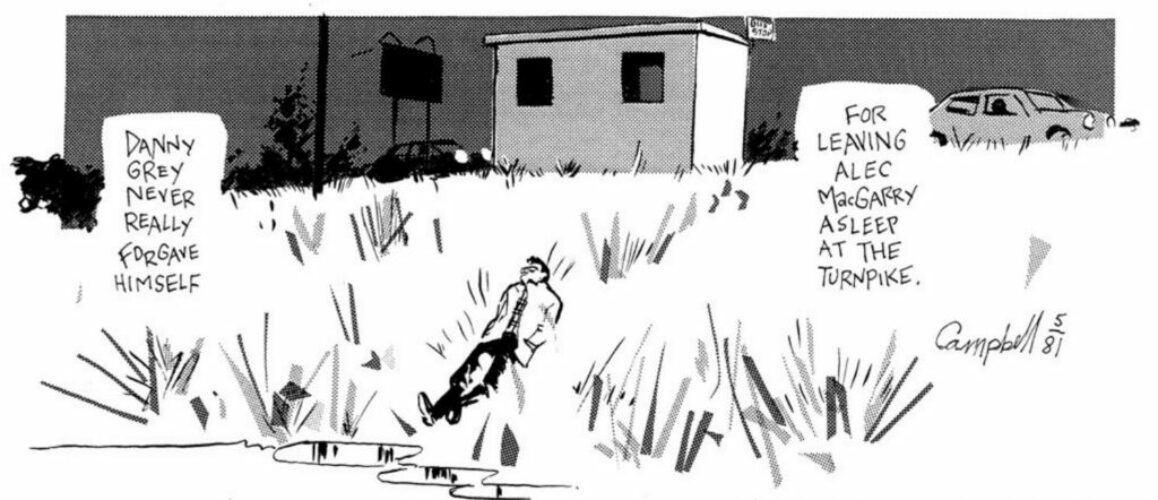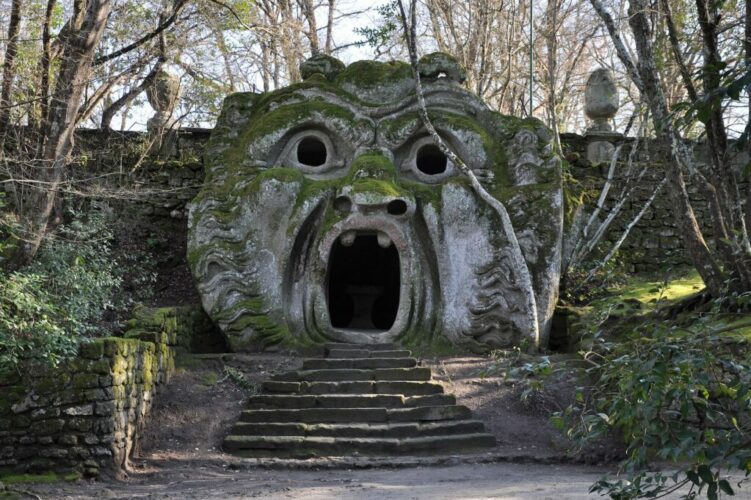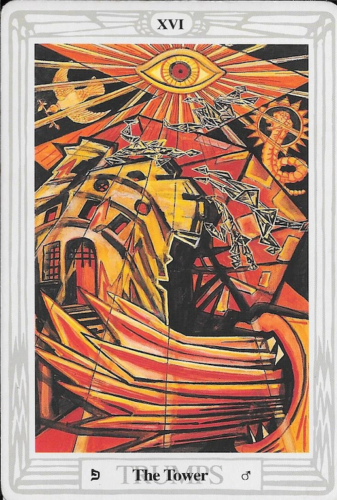A Faint Shadow Wand’ring (Book Three, Part 12: Violent Cases, Jung)

Be sure to come back Wednesday for the launch of my biggest project since Neoreaction a Basilisk.
Previously in The Last War in Albion: A key part of the success of The Last War in Albion was Dave McKean, who broke out with Violent Cases, an autobiographical comic penned by Neil Gaiman. Well. Sort of autobiographical.
She fell down, a faint shadow wand’ring
In chaos and circling dark Urizen,
As the moon, anguish’d, circles the earth:
Hopeless! Abhorr’d! a death-shadow,
Unseen, unbodied, unknown,
The mother of Pestilence. -William Blake, The Book of Ahania
It’s a sort of folk memory version of what actually happened.” Gaiman compares the writing to the autobiographical comics of Eddie Campbell, particularly his Alec work, noting that “You couldn’t have had Violent Cases without Alec. What I learned from Eddie was the value of minute incidents in the building up of fraudulent biographical narrative. I wouldn’t say it was influenced by Eddie, but the only place in comics that Violent Cases plugs into from a story viewpoint is to Eddie. Which you don’t see because the visuals are Dave.” And this is extremely true. The narrative similarities to Campbell are existent, although Gaiman is clearly right to describe them as similarities rather than influences. But the comparison is not one anyone would make because the comic’s style is so obviously dominated by the utterly astonishing work that Dave McKean did for it.
As with Gaiman’s writing, there are clear precedents for McKean’s approach—his debt to Bill Sienkiewicz, in particular, is clear and something he freely admits to. But he also stresses a litany of other influences across multiple styles and media: surrealists like Max Ernst and Jan Švankmajer, comics artists as diverse as Winsor McCay, Bernie Wrightson, and Moebius, but also a bevy of other influences: Buster Keaton, Picasso, Degas, Bob Fosse, Stanley Kubrick, Jean Cocteau, Walter Sickert, Milton Glaser, and literally dozens more. The result of these influences, when applied to Violent Cases, is an art style that drifts freely from vivid realism to something fare more ambiguous, symbolic, and unsteady. This serves as a perfect match for the story being told, setting the comic in something that is not quite truth or fiction, not quite reality or representation, a place defined primarily by the uncertainties of memory. Gaiman may be the figure debuting in Violent Cases who went on to the most prominent career in comics (in part because McKean always maintained a broader career, doing album covers, advertisements, films, and art pieces, with comics and comics covers a prominent but still minor part of the whole), but in terms of the book the most ostentatious and obvious talent was McKean, and it was no surprise that it was him DC identified as the figure who was marketable right out of the gate. While Gaiman provided thoughtful and intelligent comics, these required a degree of investment to appreciate. A page of McKean’s art, meanwhile, could be put in front of someone and they would immediately see that this was a serious and major talent.…










